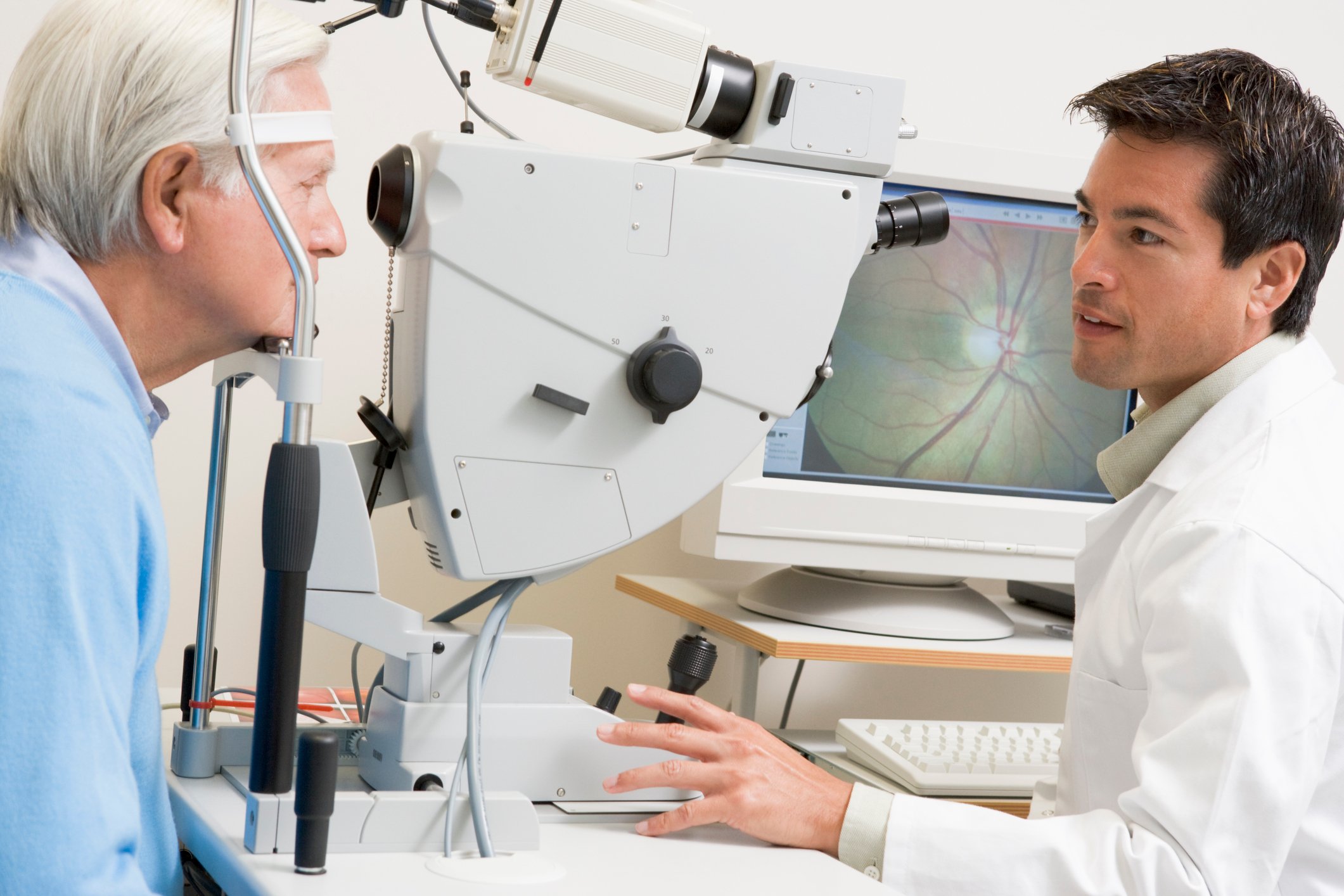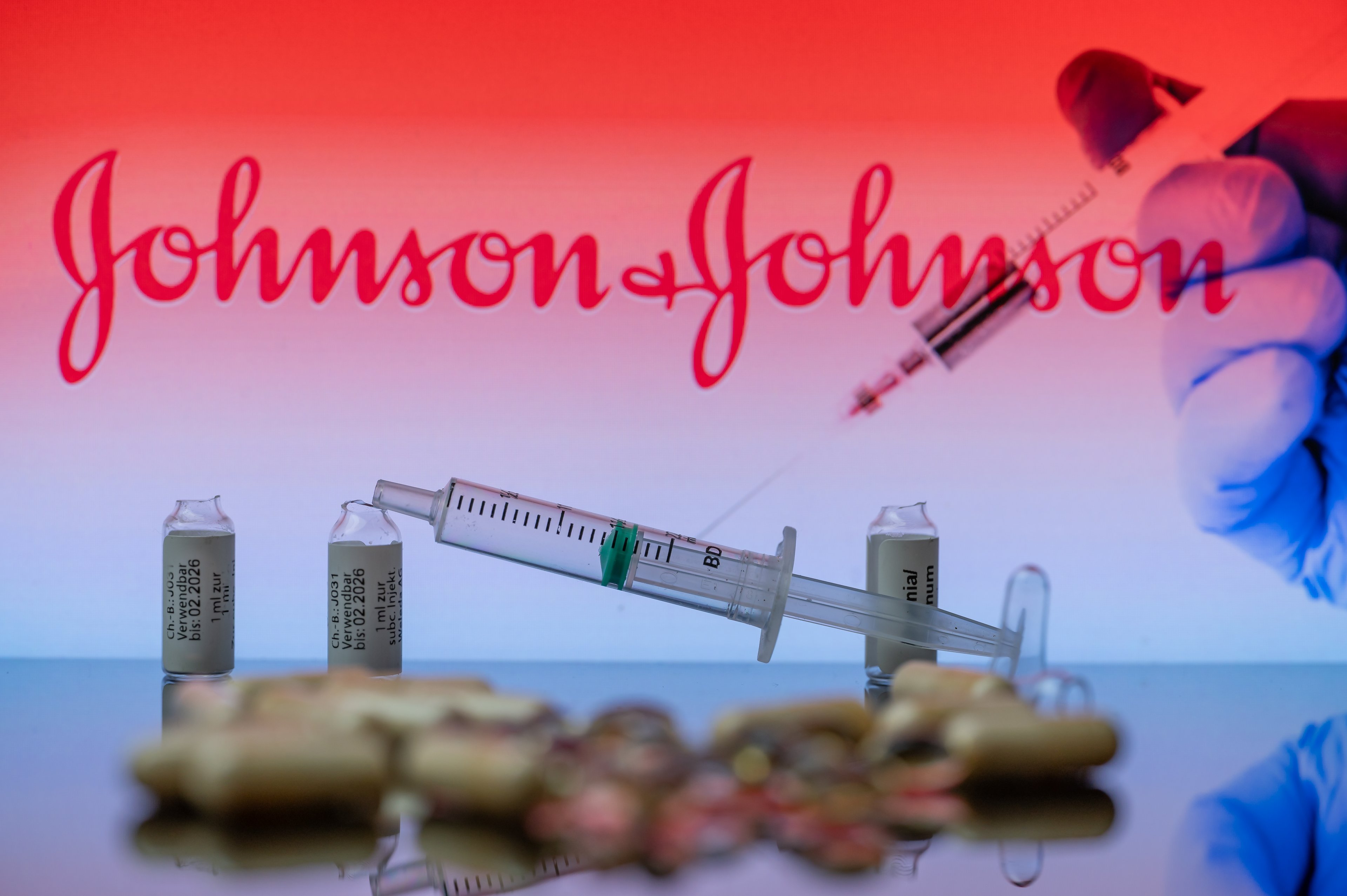
Johnson & Johnson's CEO Alex Gorsky. Image source: Johnson & Johnson.
Healthcare conglomerate Johnson & Johnson (JNJ +1.94%), the largest publicly traded healthcare company in the U.S., has been patiently on the prowl for acquisitions for more than a year.
In January, at the flagship J.P. Morgan Healthcare Conference, Johnson & Johnson's CEO Alex Gorsky made it pretty clear what his company's intent is when it comes to M&A. Gorsky outlined an expectation that Johnson & Johnson would like to acquire smaller or mid-sized assets, although he didn't completely rule out a larger acquisition.
Gorsky has also repeatedly stated on quarterly conference calls that the company is in no rush to make an acquisition unless the price is right. That lack of urgency is apparent on J&J's balance sheet, which featured close to $43 billion in cash and cash equivalents, and $16.3 billion in net cash, as of the end of the second quarter. With J&J netting nearly $16 billion in free cash flow last year, you'd almost assume the company would be more liberal with its acquisitions.
However, M&A is a critical component of J&J's growth. You see, J&J itself is comprised of more than 250 subsidiaries, many of which could, in theory, be sold without disrupting J&J's larger business model. In recent years, J&J has parted ways with Cordis and Ortho Clinical Diagnostics in order to raise cash and remove slower-growth businesses from its portfolio.
On the flipside, J&J adds new business through M&A from time to time in an effort to boost its growth rate in one of its three core businesses: pharmaceuticals (which represents the bulk of its recent growth and gross margins), medical devices, and consumer health products.

Image source: Getty Images.
Johnson & Johnson goes hunting
Late last week, Johnson & Johnson did just that by announcing the $4.33 billion acquisition of Abbott Laboratories' (ABT 0.27%) eye-surgery equipment unit, Abbott Medical Optics. This division is responsible for making equipment used in cataract and Lasik procedures designed to improve vision. It also produces eye drops and solutions.
The deal looks to be a smart move for both parties. Abbott Laboratories is looking to move its business into more specialized devices, and its Medical Optics unit was something of a stand-alone business that didn't align with its specialization goals. Abbott's pending acquisitions of both St. Jude Medical (STJ +0.00%) in a $25 billion deal, and Alere (NYSE: ALR) for $5.8 billion, will further its goal of becoming more specialized. Furthermore, Abbott purchased its Medical Optics unit for $2.8 billion in 2009, meaning the company will net a nice gain from its sale to Johnson & Johnson.
For J&J, the purchase of Abbott's Medical Optics unit, which generated $1.13 billion in sales last year, should bring modest earnings accretion within the first year of closing. The addition of ophthalmologic surgical equipment will help boost J&J's device portfolio and perfectly complement J&J's already established Acuvue contact lens brand.
Furthermore, according to Mordor Intelligence, the global market for ophthalmology drugs and devices is expected to climb to $27.5 billion by 2020, which works out to a 5.3% compound annual growth rate between now and 2020. That's a steady growth rate that J&J will gladly take given its recently anemic medical device growth.
Overall, it's a smart move for both companies, with the deal expected to close in the first quarter of 2017.

Devices over pharmaceuticals? That's a bit of a shock. Image source: Getty Images.
J&J's purchase is a bit surprising
Still, I can't help but feel that Johnson & Johnson's acquisition is a bit surprising. Though ophthalmology is a generally faster-growing business segment, J&J's pharmaceutical operations are its bread and butter and highest-margin assets. If J&J really wants to move the needle, I'd have expected it to go after a company in the biotech realm.
Why J&J didn't is really anyone's guess -- but I'll take a stab at it.
Perhaps J&J still doesn't feel that valuations in biotech are reflective of reality. Even with a pretty substantive swoon in biotech stock valuations since the beginning of the year, biotech stocks as a whole are up significantly during this seven-year bull market run. J&J simply may not see any early or mid-stage pipelines at the right price.
Secondly, it could be that J&J is suffering from "Geron (GERN 8.39%) overhang." A little over a week ago, Geron, a small-cap clinical-stage biotech company that J&J has partnered with to develop imetelstat, a drug designed to treat myelofibrosis and myelodysplastic syndromes, tanked after reporting interim data from its IMbark phase 2 study. Geron's update noted that the lower dose was deemed ineffective, and patient enrollment ceased. Though the trial for the higher dose arm is continuing, patient enrollment has also ceased until more data is available at the 24-week mark.
In addition to giving Geron $35 million upfront, J&J could owe up to $900 million in additional milestone payments to Geron if imetelstat is effective in clinical trials, approved by the Food and Drug Administration, and sells quite well. In other words, perhaps J&J already feels like it has enough on its plate until this data on imetelstat becomes available next year.
Regardless of the reason, it's a bit surprising that after all this waiting, J&J bolstered its medical device segment, not its pharmaceutical operations.
However, not choosing a pharmaceutical company shouldn't disappoint long-term investors. There is indeed steady growth to be had in ophthalmologic devices and solutions, and J&J will see modest earnings accretion shortly following its purchase. Every reason you have for owning J&J over the long term is still just as relevant today as it was a week ago, before it made this deal.








